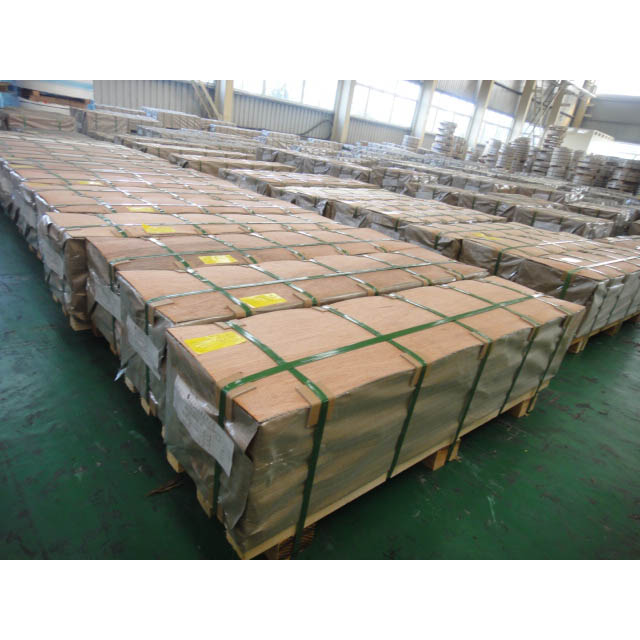

The magnetism of stainless steel is mainly affected by its alloy composition, crystal structure, and cold working and heat treatment processes. Here are some factors that affect the magnetism of stainless steel sheet:
Alloy composition:
The magnetism of stainless steel is closely related to its alloy composition. Common stainless steel alloy types include austenitic, ferritic, martensitic, and duplex stainless steels.
Austenitic stainless steel contains a higher proportion of nickel and is usually non-magnetic, but in some cases, due to cold working, deformation, etc., austenitic stainless steel may also show some magnetism.
Ferritic stainless steel is magnetic because its crystal structure is body-centered cubic structure, which is easy to form ferromagnetism.
Martensitic stainless steel is magnetic because it has a higher iron content and its crystal structure is body-centered cubic or hexagonal close-packed structure.
Crystal structure:
The magnetism of stainless steel is closely related to its crystal structure. Austenitic stainless steel usually has a face-centered cubic structure and usually does not show magnetism. Ferritic and martensitic stainless steels have a body-centered cubic structure and are easy to show magnetism.
Cold working and deformation:
Cold working can cause some crystals of austenitic stainless steel to undergo phase transformation and transform into martensitic structure, which will make the stainless steel material exhibit certain magnetism. During the cold working process, the change of crystal structure will cause the magnetism of stainless steel to change.
Heat treatment process:
Heat treatment can affect the magnetism of stainless steel. Especially during annealing, austenitic stainless steel can restore its original non-magnetic state by heating and cooling. The magnetism of ferritic and martensitic stainless steel is relatively stable and not easily affected by heat treatment.
Minor changes in chemical composition:
The content of other elements in stainless steel can also affect its magnetism. For example, a higher carbon content may lead to enhanced magnetism of iron in stainless steel.
Surface treatment and coating:
The surface treatment of stainless steel may also have a certain effect on its magnetism. For example, the material of the surface coating may affect the conduction of the magnetic field.
In summary, the magnetism of stainless steel sheet mainly depends on its alloy composition, crystal structure, cold working and heat treatment process. If it is austenitic stainless steel, it is usually non-magnetic, but it may show magnetism during cold working and other processes. Ferritic and martensitic stainless steel are naturally magnetic.
